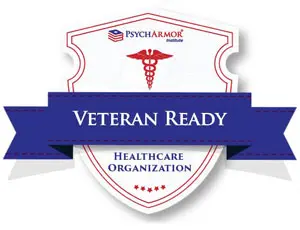Recovery & Rehabilitation
Here’s yet another reason to evaluate your relationship with alcohol: Drinking more than five drinks per week could shorten your
The trending emerging technology in a vast majority of occupational fields is virtual reality. Professions ranging from marketing consultants to
In 2016, there were more than 30,500 reports to poison control centers of young children exposed to addictive substances, according
Step seven of the twelve step program begins the journey of self-discovery, and relationship building. The program encourages everyone to
March is women’s history month. The most prominent woman in Seabrook’s rich 44-year history is Ms. Peg Diehl. Ms. Peg
After losing a local mom to an opioid overdose this month, one school superintendent in Middlesex County, NJ, is deciding
Leaving treatment can be frightening, with it comes mass amounts of anxiety and apprehension. Like any other new adventure, it
A new government report reveals that risky alcohol consumption is rampant, with more than 17 billion binge drinks consumed in
The country’s opioid epidemic doesn’t seem to be going away and researchers are continuing to figure out who’s most vulnerable.



